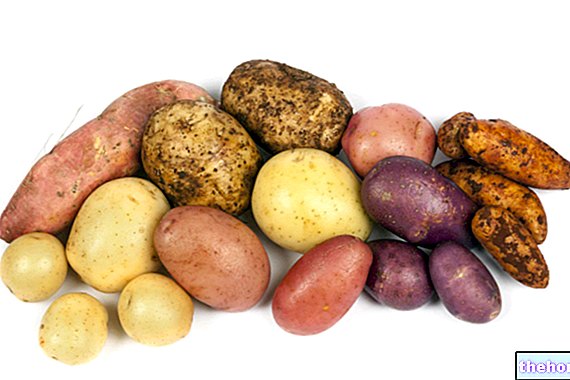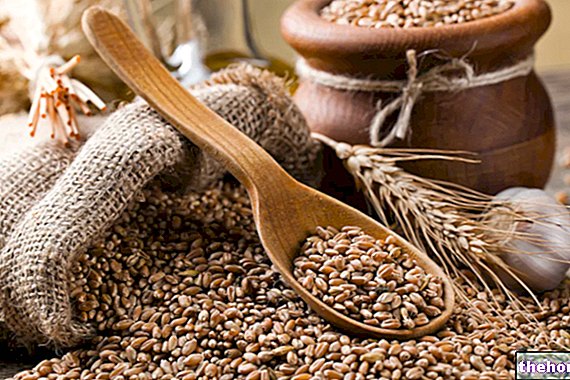Generality
In articles on essential fatty acids of the omega six and omega three series, we often come across the generic term linolenic acid.
In fact, when it comes to linolenic acid it is very important to specify whether it is:
- Alpha linolenic acid, an omega three contained in fish and some vegetable oils, particularly in canola, hemp, soybean, walnut, sage, kiwi and flax oil
- Gamma linolenic acid, an omega-six contained in some vegetable oils, in particular in blackcurrant oil and borage oil
In fact, both the chemical structure and the metabolic role of the two fatty acids in the organism are different.

We also remember how the term linolenic acid not to be confused with the term linoleic acid (LA; 18: 2, ω6).
Let's go into detail to better understand.
Alpha linolenic acid
Alpha linolenic acid (ALA) is an essential fatty acid known to be the progenitor of omega three.
It is considered the most important of the omega 3 family since it is the only truly essential; in fact, starting from alpha linolenic acid, the human body synthesizes two metabolically active semi-essential fatty acids: eicosapentaenoic acid (EPA) and docosahexaenoic acid (DHA ).
This transformation is not always fully effective (it can be compromised with old age, drug therapies, alcoholism, malnutrition, etc.).
EPA and DHA are important above all for their structural (cell membrane and nervous tissue as well as ocular) and metabolic (anti-inflammatory, hypotiglyceride-lowering, hypotensive, "blood thinning" activity, etc.).
The nutritional source of these two semi-essential fatty acids is made up of foods that fall into the category of fishery products and their oils.
Gamma linolenic acid
Gamma Linolenic Acid (GLA) is a semi-essential omega 6 fatty acid.
It is produced by the organism using as substrate the parent molecule of the same group, called linoleic acid (the conversion is enzymatic and uses the same catalyst of the omega 3).
Even the production of gamma linolenic acid is not always fully effective, for the identical reasons mentioned in the previous chapter.
This lipid is also present in foods, for example: hemp seeds, oats and barley, in "spirulina algae," borage oil, evening primrose, blackcurrant seeds and obviously hemp.
Gamma linolenic acid is in turn a precursor of gamma linolenic acid dihome (DGLA), the third direct source of eicosanoids (together with arachidonic acid - AA - and EPA). Specifically, DGLA seems to produce only one type of prostaglandin and one type of thromboxane with an anti-inflammatory and immunomodulating action.
However, we must not forget that the organism can obtain further AA acid from DGLA, which in turn has a proinflammatory function.
Linoleic acid
Linoleic acid (LA) is an essential fatty acid with 18 carbon atoms, progenitor of the omega six, of which seed oils in general and olive oil are rich.
For some years it has been hypothesized that an excess of linoleic acid, typical of Western nutrition, in the face of a reduced intake of alpha linolenic acid, could be considered a risk factor for the development of inflammatory diseases, such as atherosclerosis and diseases. cardiovascular (heart attack, thrombosis, arrhythmia), rheumatoid arthritis, osteoporosis, mood disorders, cancer, diabetes and obesity.
In fact, this effect is more attributable to the excess of other omega 6s, in particular arachidonic acid (AA - partially synthesized by the body from "LA), which is the most abundant polyunsaturated fatty acid in foods of animal origin. .
To eliminate the risks of excess omega 6 and alpha linolenic acid deficiency, it is sufficient to regularly consume 2-3 servings of sea fish, both fresh and frozen, per week. Particularly rich in alpha linolenic acid are the meat of fatty fish that populate cold marine waters, such as cod, salmon, tuna and mackerel, but also herring, sardines and oily fish in general; other excellent sources are fish oil, cod liver, krill and seaweed oil.









.jpg)


















